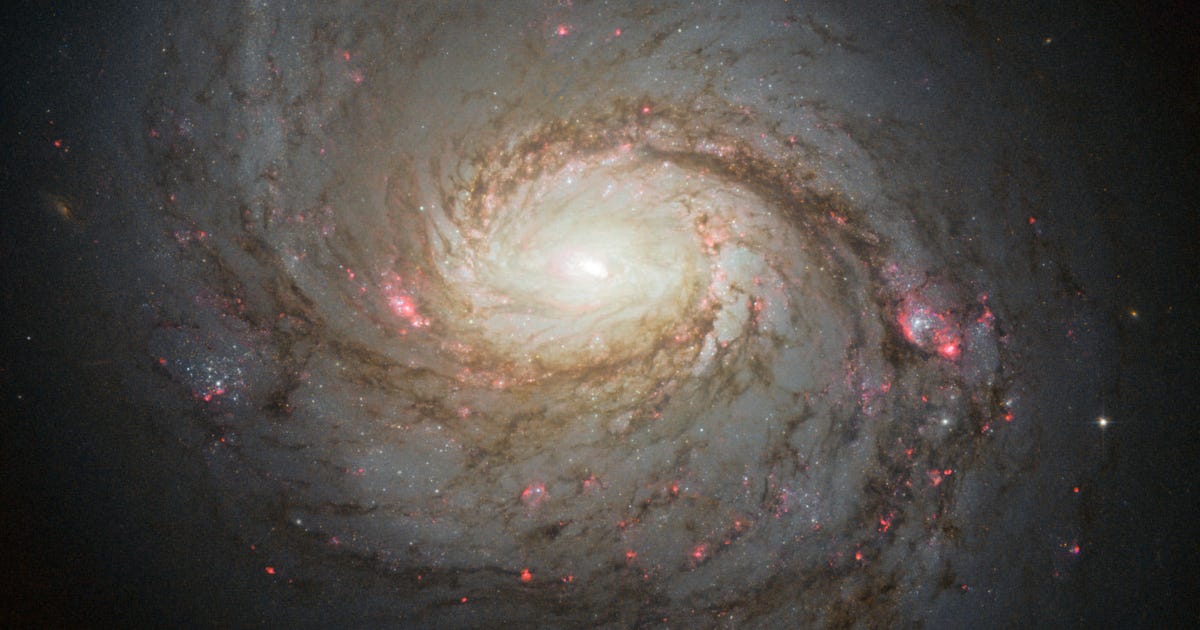Imagine if our Sun were orbiting a black hole, perhaps spiraling into it. Admittedly, the idea that our relatively normal star could fall into such a trap sounds like the plot of a sci-fi movie. Indeed, of all the black holes astronomers have discovered before, none were known to threaten a Sun-like star.
Instead, black holes tended to be tightly bound to their companion stars, stripping them of matter, which then glows brightly as it accelerates toward its gravitational fate. This swirling accretion disk of stripped matter is why black holes are bright sources of X-rays – and it’s how astronomers typically spot black holes in the first place.
But astronomers have long thought there might be a more insidious population of black hole binary systems that don’t shine brightly and therefore remain hidden. And if those stealthy black holes are out there, then the latest generation of orbiting observatories might be able to spot them.
Now, Kareem El-Badry of the Harvard & Smithsonian Center for Astrophysics in Cambridge and others say they have discovered the first example of such a black hole hidden in data collected by the Gaia spacecraft.
This strange system, called Gaia BH1, consists of a Sun-like star orbiting a tiny, massive object, which El-Badry and his colleagues refer to as a black hole. If confirmed, this black hole would be the closest known black hole to Earth.
The new observations suggest that black hole systems harboring seemingly ordinary stars are likely much more common than originally thought.
3D Map of the Milky Way
The Gaia spacecraft currently measures the positions and distances of over a billion astronomical objects in our galaxy. In this way, he assembles the most detailed 3D map of the Milky Way ever made.
As Gaia moves in its orbit around the Sun, it measures the apparent change in a celestial object’s position relative to the background sky, called its parallax. With a fairly simple calculation, astronomers can then determine exactly how far away this object is.
But every once in a while, Gaia encounters objects moving in different ways, usually because they’re orbiting another object. And earlier this year, El-Badry and his team found such an example in the latest Gaia dataset.
The object in question is an ordinary star roughly the same size, mass, and temperature as our Sun, but it resides about 1,600 light-years away in the constellation of Ophiuchus the Serpentarius. The only strange feature of this star is its wheel motion, which the researchers say is a clear indication that it must orbit an unseen companion every 186 days.
El-Badry and his team set out to characterize the nature of this companion. Based on a detailed series of other ground-based observations, the researchers say the black hole’s putative companion is not visible to any wavelengths. Given this motion, the Sun-like companion must have a mass about 10 times that of the Sun.
It’s too massive for the invisible object to be a neutron star. And if the object were an ordinary star, it would be 500 times brighter than its Sun-like companion. The fact that the central object remains invisible leaves only one conclusion. “We find no plausible astrophysical scenario that can explain the orbit that does not involve a black hole,” they say.
If confirmed, this interesting discovery should rewrite our understanding of both the nature and ubiquity of black holes. Until now, the closest black hole to Earth was about three times as far away.
The existence of Gaia BH1 so close to Earth suggests that such systems must be common. “His discovery suggests the existence of a large population of dormant black holes in binaries,” the authors write in their paper, published Nov. 2 in Royal Astronomical Society Monthly Notices.
Training jigsaw
Gaia BH1 is something of a puzzle: El-Badry and his team are still wondering how he could exist. The problem is that most black holes form from huge supernova explosions that occur when massive stars die.
The researchers say Gaia BH1’s ancestor must have been a supergiant star with a radius much larger than the current separation of the binary system. But a Sun-like star could not have survived under these circumstances during or after a supernova, so Gaia BH1 must have formed some other way. However, the exact way is still unclear.
To better understand the strange Gaia BH1 system, astronomers need to find other examples of hidden black holes. Fortunately, they may not have to wait long. El-Badry and his team are optimistic that “future versions of Gaia will likely facilitate the discovery of dozens more.”
Ref: A sun-like star orbiting a black hole: arxiv.org/abs/2209.06833
 Universo Viviente
Universo Viviente



